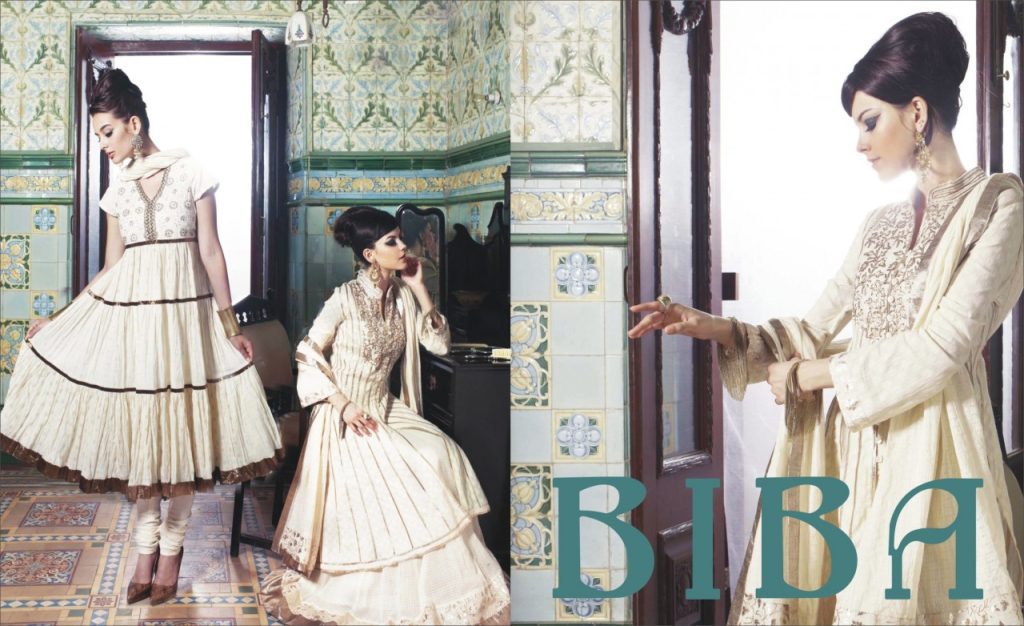
Biba: A Dive into the Iconic Clothing Brand’s Legacy
Biba, an iconic brand that revolutionized the fashion landscape in the ’60s and ’70s, remains a symbol of style and innovation. From its roots to its meteoric rise and beyond, let’s explore the fascinating journey of this pioneering cloth brand.
The Origins of Biba
Founded by Barbara Hulanicki and her husband Stephen Fitz-Simon, Biba started as a small London-based boutique in the 1960s. Its avant-garde designs, inspired by the Art Deco movement, resonated with the youth who were eager for change and a unique fashion identity.
The brand swiftly gained traction, becoming synonymous with the Swinging Sixties. Biba’s outfits were not just clothes; they were a statement, echoing the rebellious spirit of the times.
With affordable prices and innovative designs, Biba disrupted the market, challenging traditional retail norms and setting new standards in fashion retail.
The Aesthetic Appeal
Distinctive and eclectic, Biba’s clothing lines were characterized by bold prints, earthy tones, and a seamless blend of vintage and contemporary styles. From feathered boas to mini-skirts, Biba’s designs encapsulated the zeitgeist of the era.
The brand’s popularity soared, attracting celebrities like Twiggy, Cher, and David Bowie, solidifying its status as a fashion powerhouse in the process.
The Big Store: A Cultural Hub
In 1973, Biba opened its flagship store in Kensington. Dubbed “The Big Store,” it was more than a retail space. It was an experience. Beyond clothing, it offered cosmetics, homeware, and even food, making it one of the first lifestyle stores of its kind.
The Big Store became a cultural hub, drawing in crowds not just for shopping but also for the atmosphere. With its themed rooms, in-house DJ, and rooftop garden, it was a place where fashion met art, music, and culture.
However, with rapid expansion came challenges. Financial difficulties and differences in vision led to the brand’s decline in the late ’70s, leading to its eventual closure.

The Resurrection and Legacy
Biba’s story didn’t end with the closure of The Big Store. The brand saw multiple revivals in the subsequent decades, with various companies acquiring the rights to its name and ethos.
While it faced its share of ups and downs, the spirit of Biba remained intact. Today, it stands as a testament to innovation, resilience, and the power of branding. Its influence can be seen in modern fashion trends and its legacy in the annals of fashion history.
Final Thoughts
From its inception to its enduring influence, Biba’s journey is a captivating tale of vision, passion, and perseverance. As we look back at its illustrious history, we’re reminded of the brand’s indelible mark on the fashion world and its timeless appeal that transcends generations.
